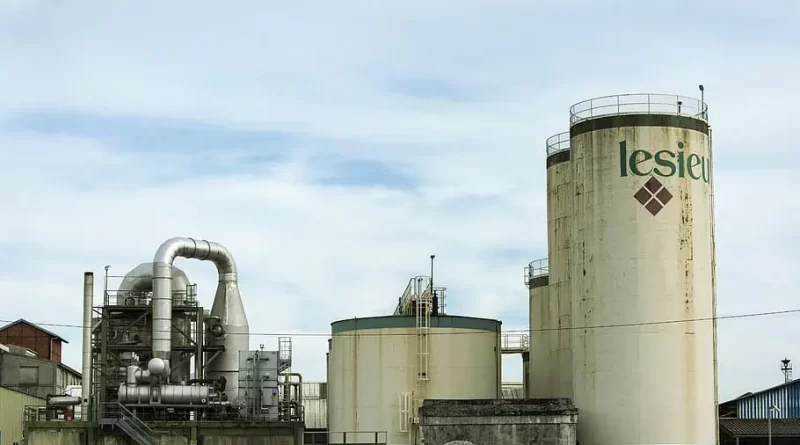Optimizing Your Outdoor Chemical Storage Space
Chemicals such as chlorine, water balancers and bromine tabs are indispensable when it comes to maintaining a hygienic swimming pool environment for swimmers – but improper storage could prove hazardous.
Outdoor areas prone to flooding or rain or spaces under water pipes should not be used for the storage of chemicals, nor outdoor sheds which could expose them to sunlight and heat sources.
Stacking Containers Increases the Risk of Chemical Mixing
Store large volumes of chemicals on-site to manufacture products or lubricate machinery can often be necessary, yet these materials must always be stored safely and in compliance with any relevant laws.
Stacked containers increase the risk that chemical liquids could seep into other canisters and cause dangerous reactions, so having a designated space large enough for storing chemicals safely is vital.
Storage buildings must also have adequate capacity to contain spills caused by equipment failure or accidents within their walls, with multiple drainage points for water collection that allows quick drainage away from storage areas.
Tanks, drums and other containers should be regularly checked for proper operation and checked for signs of corrosion and dirt accumulation. In order to store chemicals without reaction with their surroundings – for instance flammable liquids require steel storage while plastic works better for corrosives and oxidizers – it’s also crucial that containers chosen don’t react negatively with them – steel works better with flammables while plastic offers greater corrosion resistance.
Having Enough Space to Keep All Containers Separate
Facilities must store large amounts of chemicals onsite to create products, lubricate equipment and fuel engines. Most often these are packaged in aboveground storage tanks (ASTs) or underground storage tanks (USTs), although drums and IBCs may need to be kept outside for safekeeping as well.
Storing chemical containers safely is crucial to avoiding fires, explosions and chemical injuries. When storing outside, ensure there is sufficient space for all bottles and drums to remain separate; additionally there should be sufficient room to accommodate additional inventory as new chemicals arrive or existing ones need to be relocated to different containers.
Outdoor chemical storage spaces must also be cool and dry to preserve the integrity of their contents, as excessive temperatures or humidity levels can alter their contents, changing its chemical makeup in ways that alters its effectiveness. Humidity can rust metal containers, degrade paper packaging such as cardboard packaging, cause labels to detach or fall off, or cause dry pesticide formulations to cake up ineffectively and lead to their eventual disposal ineffectiveness.
Utilizing Shelves to Keep Containers Organized
Shelf organization can be especially helpful for items you use only occasionally, like decorations, pool supplies and camping gear. By categorizing these items by category it makes retrieval much simpler when needed.
Optimize your storage space by taking advantage of shelving units which enable you to stack containers underneath each other. This makes it easier to store smaller containers, like Tupperware and canisters, vertically. In particular, this helps ensure you can see their lids easily; something which could prevent chemical mixing that could result in harmful reactions.
Investing in Hazmat Lockers
An investment in a hazmat storage locker will not only protect your chemicals from mixing, but also from environmental contamination, fire risks and civil penalties. They are specifically designed to withstand intensely hot gases, liquids and solids for up to two hours at once – ideal protection from fire, environmental contamination or civil penalties.
Hazardmat lockers not only protect materials but they will help you comply with NFPA, OSHA, and EPA regulations as they feature quarter-inch steel plating with locking doors that will restrict any unauthorised entry.
If you’re still considering skimping on adequate protection, keep this in mind: criminals treat hazardous materials as liquid gold – up to $1 billion is stolen each year from construction sites, with less than 25% recovered by law enforcement agencies. Delaying investing in reliable security will cost more in lost profits and employee morale compared with investing in an appropriate hazmat locker solution that ensures true protection. Investing in hazmat lockers is a smart decision that will save you time and money in the long run.

